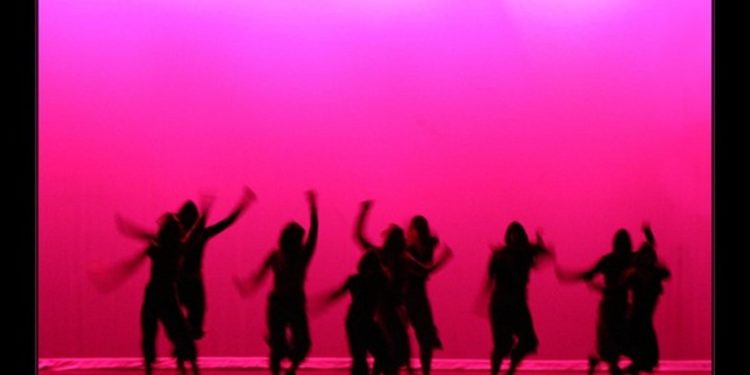[ad_1]
In an urge to know how and why music impacts us the best way it does, researchers examine how folks transfer to the music. A latest discovery reveals that our dance fashion is nearly at all times the identical, no matter the kind of music, and a pc can establish the dancer with astounding accuracy. Over the previous couple of years, researchers on the Centre for Interdisciplinary Music Analysis on the College of Jyvaskyla in Finland have used movement seize expertise — the identical type utilized in Hollywood — to be taught that your dance strikes say lots about you, resembling how extroverted or neurotic you’re, what temper you occur to be in, and even how a lot you empathise with different folks. The examine was revealed within the Journal of New Music Analysis.
Not too long ago, nevertheless, they found one thing that shocked them. “We really weren’t searching for this end result, as we got down to examine one thing fully totally different,” explains Dr. Emily Carlson, the primary creator of the examine. “Our unique concept was to see if we may use machine studying to establish which style of music our members had been dancing to, primarily based on their actions.” The 73 members within the examine had been motion-captured dancing to eight totally different genres: Blues, Nation, Dance/Electronica, Jazz, Metallic, Pop, Reggae and Rap. The one instruction they obtained was to hearken to the music and transfer any means that felt pure. “We predict it is necessary to review phenomena as they happen in the true world, which is why we make use of a naturalistic analysis paradigm,” says Professor Petri Toiviainen, the senior creator of the examine.
The researchers analysed members’ actions utilizing machine studying, attempting to differentiate between the musical genres. Sadly, their pc algorithm was in a position to establish the proper genre-less that 30 p.c of the time. They had been shocked to find, nevertheless, that the pc may appropriately establish which of the 73 people was dancing 94 p.c of the time. Left to likelihood (that’s if the pc had merely guessed with none info to go on), the anticipated accuracy can be lower than 2 p.c.
In response to Dr. Pasi Saari, co-author of the examine and information analyst, “It appears as if an individual’s dance actions are a sort of fingerprint, every individual has a singular motion signature that stays the identical it doesn’t matter what sort of music is taking part in.” Some genres, nevertheless, had extra impact on particular person dance actions than others. The pc was much less correct in figuring out people once they had been dancing to Metallic music. “There’s a sturdy cultural affiliation between Metallic and sure varieties of motion, like headbanging,” Emily Carlson says. “It is possible that Metallic precipitated extra dancers to maneuver in comparable methods, making it more durable to inform them aside.”
Does this imply that face-recognition software program will quickly be joined by dance-recognition software program? “We’re much less keen on purposes like surveillance than in what these outcomes inform us about human musicality,” Carlson defined. “We’ve quite a lot of new inquiries to ask, like whether or not our motion signatures keep the identical throughout our lifespan, whether or not we are able to detect variations between cultures primarily based on these motion signatures, and the way nicely people are in a position to acknowledge people from their dance actions in comparison with computer systems,” concluded Carlson. (ANI)
(This story has not been edited by Devdiscourse workers and is auto-generated from a syndicated feed.)
Obtain The Devdiscourse Information App for Newest Information.
[ad_2]








